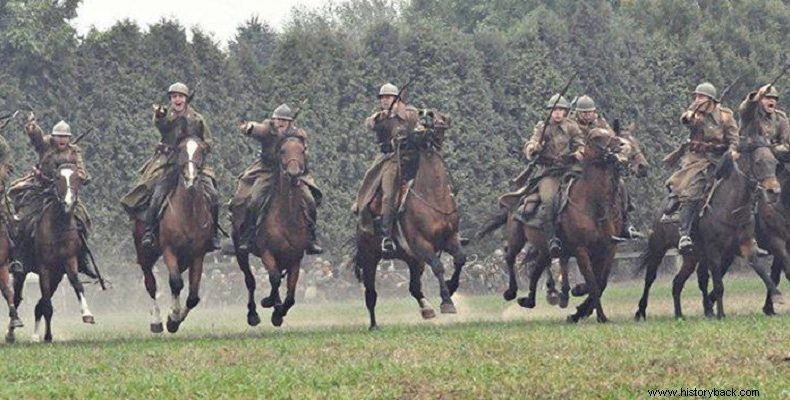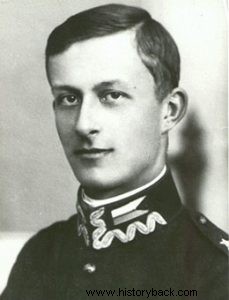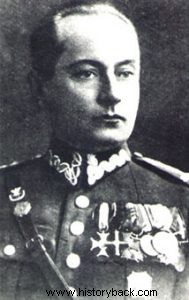
Kroszandy is a village in Polish Pomerania. There, on the first day of World War II, an event took place that gave birth to a legend that lives on to this day. On September 1, 1939, the Hitlerian hordes invaded Poland, causing the explosion of the second global genocide. In the area, the Polish forces engaged the invaders from 05.00 in the morning.
It was the German 76th Infantry Regiment (SP) of the 20th Motorized Infantry Division (MPD) of Gunderian's XIX Panzer Corps (SP).
Polish horsemen first clashed with German divisions moving towards Danzig (Gdansk) slowing them down . But soon the Germans forced the Polish horsemen to retreat and retreat to their second position on the river Brda.
The invasion
The 18th Pomeranian Hull Regiment under Colonel Kazimierz Mastalerts was ordered to act as a rear guard covering the retreat of the other Polish forces. The Poles suddenly spotted a German infantry battalion resting near the Tukola Forest. The Polish colonel decided to attack, wanting to surprise the opponents.
He then ordered vice commander Eugene Sviaziak to attack the Germans with the 1st and 2nd regiments, one ulama from the 3rd and one ulama from the 4th regiment, keeping the rest of his men in reserve as well as the TKS and TK3 tanks he had, as well as his anti-tank weapons.
At 19.00 the Polish horsemen rode in with sabers and trumpets sounding, completely surprising the German infantry who dispersed. But then appeared German armored vehicles equipped with machine guns and 20mm light guns.
These vehicles belonged to the 20th Reconnaissance Battalion. The winners, until then Polish horsemen, were surprised in their turn and rushed to cover, unable to face the opposing armored cavalry, on exposed ground. They never made an advance against the armored vehicles.
A massacre ensued. About 20-25 Poles were killed and at least 40 were wounded by the fire of the German armored vehicles. Among the dead was Chief Swiaziak, as well as Colonel Mastalerts who rushed to the area to save his division.
The Germans had 11 dead and nine wounded from the Polish advance. The German battalion had broken up due to panic, not casualties. The sacrifice of the Polish horsemen, however, gave time to neighboring infantry units to retreat, while it also caused a crisis in the command of the 20th MKMP whose head, Lieutenant General von Victorin, even considered retreating, considering that he had much stronger Polish forces in front of him.
But he was restrained by his bodyguard, Gunderian , who in his memoirs speaks of "the panic of the first day of the war".
The birth of the legend
The next day the 18th Ulan Regiment was awarded, as a unit, the Order of Military Merit. On this day, September 2nd, German and Italian journalists who arrived at the scene saw the dead Polish horsemen and German tanks that had meanwhile arrived in the area.
It was the Italian journalist Intro Montanelli who gave birth to the legend of the Polish advance against the Panzers, in a journalistic extravaganza aimed at honoring the bravery of the Poles. The legend was born and cultivated by the Germans to emphasize their superiority, but and after the war by the Soviet rulers of Poland as an example of bad management by the "bourgeois" Polish officers.
The 1959 film "Lotna" was based on this legend. of the famous Polish director Andrzej Wajda from where the video below. It should be noted that the Polish cavalry in 1939 mainly acted as mounted infantry and mainly fought on foot. It had anti-tank weapons capable of dealing with at least German light tanks and armored vehicles. However, there were still several Polish cavalry attacks in 1939. But none against tanks or armored vehicles.

The lieutenant commander Evgenius Sviaziak.

Colonel Kazimierz Mastalerts.
